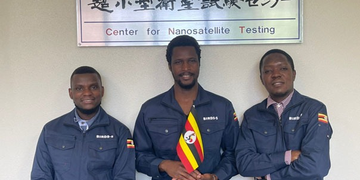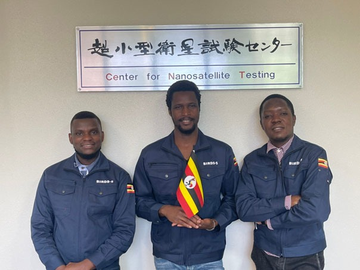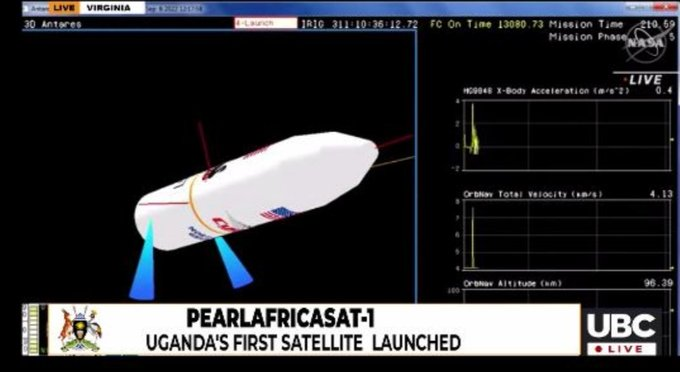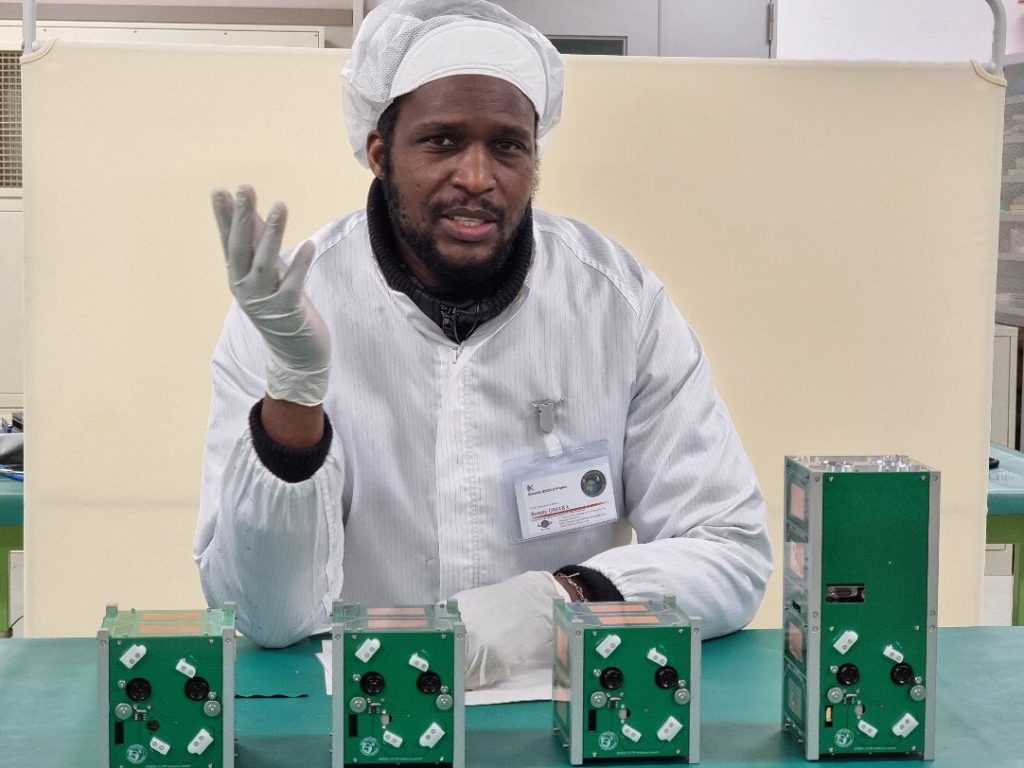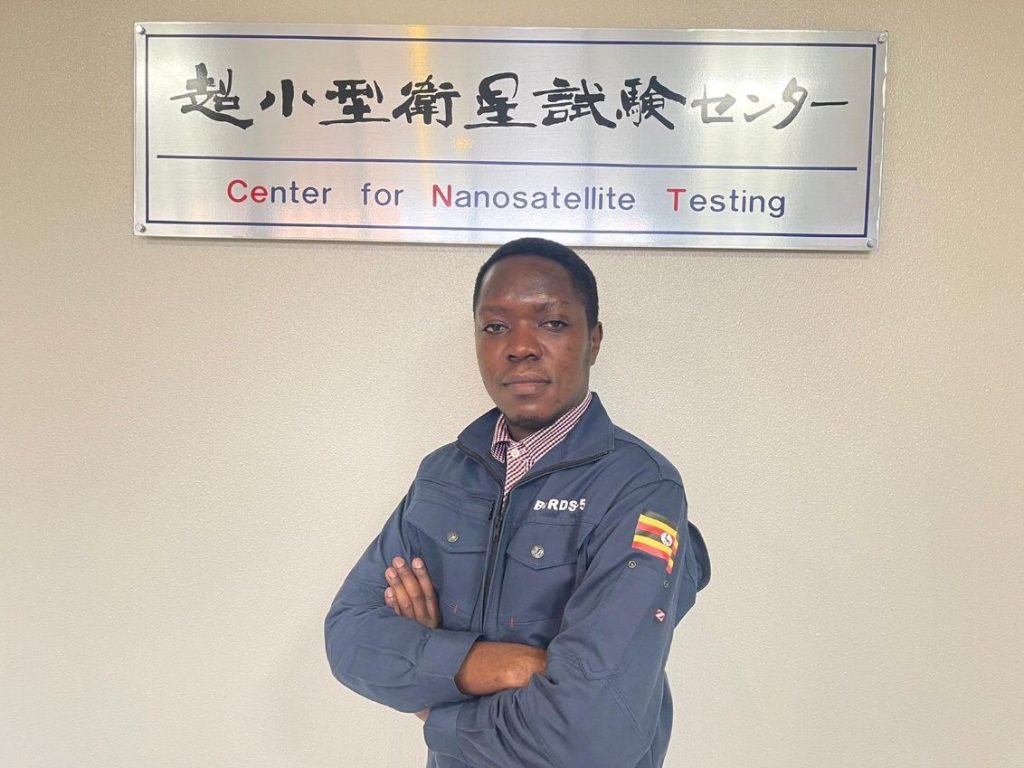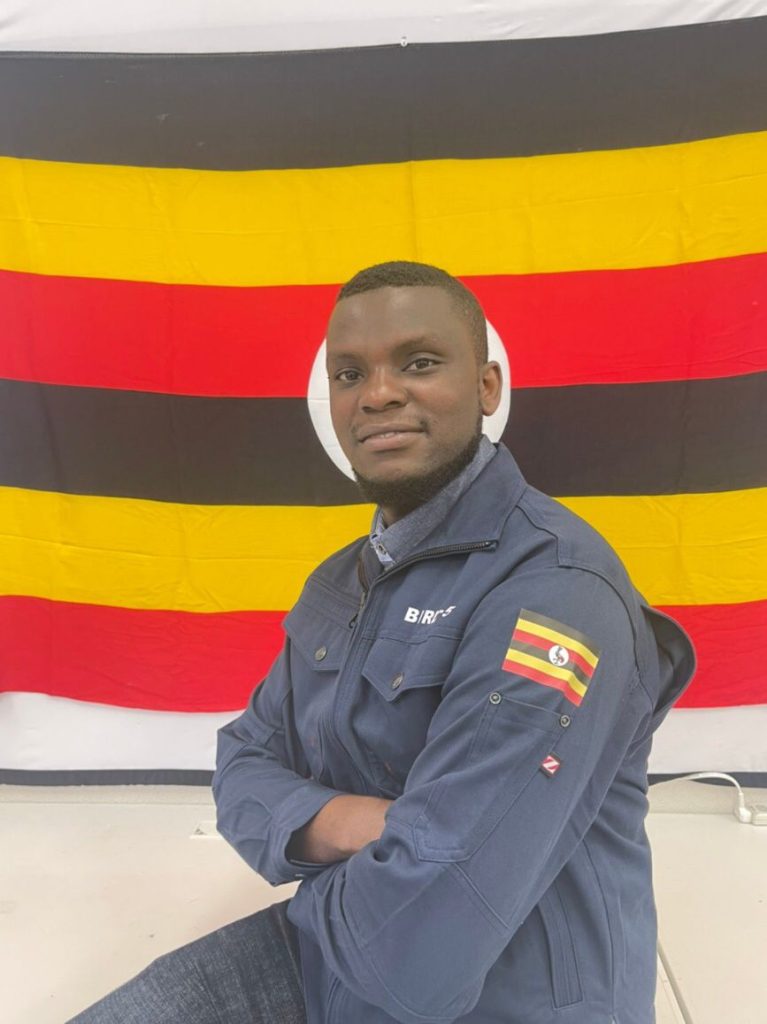Uganda on Monday successfully launched the first-ever satellite, PearlAfricaSat-1, in a five-minute window that opened at 5:27 a.m. EST(1:27 pm EAT).
Earlier, the launch had been pushed from Sunday, November 6, following an earlier glitch caused by a fire alarm at the mission operations control centre in Dulles, Virginia.
The satellite is developed by Ugandan engineers Edgar Mujuni, Bonny Omara, and Derrick Tebusweke.
This is part of the BIRDS program, a cross-border interdisciplinary satellite project for non-space-faring countries supported by Japan.
The satellite is loaded with more than 8,200 pounds of research, crew supplies, and hardware.
It will help in research and observation data in six primary areas including weather forecast; land, water and mineral mapping; agriculture monitoring; infrastructure planning; border security, and disaster prevention, among others.
The Engineers
Eng. Bonny Omara, 35, one of three cohorts who developed the first satellite of Uganda, hails from Otuke district. He went to Olilim Primary School and Adwari Senior Secondary School, both in the Otuke district.
For his advanced level, Omara went to Teso College Aloet in Soroti. He holds a Bachelor’s Degree in Computer Engineering from Busitema University and a Post Graduate Diploma in Information System Management from Uganda Management Institute and currently specializing in Space Systems Engineering at Kyushu Institute of Technology (Kyutech), Japan.
From the various satellite projects that he participated in at Kyushu Institute of Technology, he has gained extensive hands-on experience in satellite development, right from problem identification, to satellite design, testing, and disposal.
He is expected to develop the subsequent satellites in-house in Uganda while boosting the country’s internal capacity to develop the industrial value chain for space science and technology.
Eng. Derrick TEBUSWEKE, is a 29-year-old holding a Bachelor of Science in Electrical Engineering degree from Makerere University, Uganda.
His current specialization is the Master of Science in Space Systems Engineering from Kyushu Institute of Technology, Japan. He went to Makerere College School, for Secondary school.
He was in charge of the Electrical Power Subsystem, its safety review verification tests, Power budget development, Electrical Interface management with other subsystems, and deployment switches mechanism.
Eng. Edgar Mujuni, 30, hails from Mitooma district, originally Greater Bushenyi. He is currently undertaking a Master’s degree in Space Systems Engineering from Kyushu Institute of Technology in Japan.
He holds a First Class Degree in Telecommunications Engineering from Kyambogo University where he developed the best individual project in his final year of an Automatic Stamping robot with digital counters. Edgar did a CISCO Certified Network Associate course from Makerere University.
He studied at Nyakihita primary school in Mitooma and did his entire Secondary school education at Mbarara High School for 6 years where he was the best science Student.
In the Development of Uganda’s first Satellite (PearlAficaSat-1) he has been responsible for a number of satellite subsystems including the Communication subsystem that entails all the satellite communication from the ground station to the satellite in Orbit.
This involves a lot of testing because Communication is the backbone and failure to communicate with the satellite is not an option. APRS-DP Mission aims to contribute to the amateur community by Digi-peating APRS messages across the world.
Store and Forward mission, whereby the satellite will collect GST data from remote areas within Uganda, store this data onboard, and then downlink it to the main ground station for analysis.
This data will be used for purposes of Landslide monitoring and analysis, Solar illumination measurement and Uganda’s Oil Pipeline monitoring, Antenna and Antenna deployment system.
Communication with satellite is definitely wireless and the satellite must have sufficient gain to receive and transmit signals to and from the ground station.
Also, these antennas must be safely deployed when the satellite is in orbit to establish communication with the ground stations back on earth.
He also worked on the Development of the Ground Station Network and Operation software that is used to track the satellite, uplink commands and downlink satellite telemetry.
